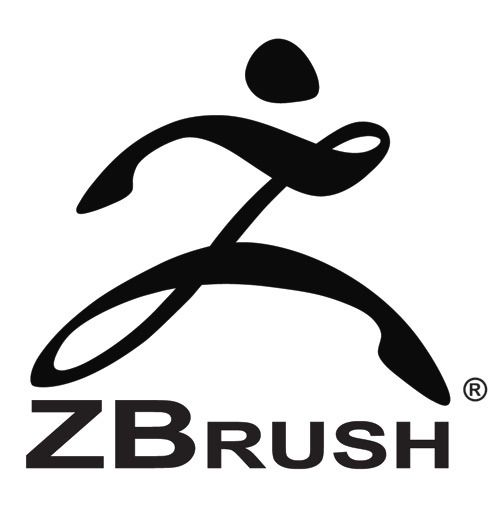Coming in with another small update I used most of yesterday doing a re top of my original El mesh (V1). I decided to start recording videos as much as I like explaining the process I think its much cooler to see it working out in the flesh. To avoid boring piffle I decided to do it in time lapse so people are not bogged down by low grade failures on my part.
Anyway the videos on display for this post (below) focus on some detail sculpting within ZBrush & model re topology within "Topogun". For those who don't know or understand model topology I will provide a brief explanation below the videos.
What is 3D model topology?
Each model is comprised of points (known as vertices's) which in turn forge a polygon these panels create a shell (or mesh) which is a visual representation of an object and/or character. Refer to Fig 1 for topogun vertices's and polygon example.
What is retopology?
Retopology is when one takes a high polygon mesh (a character for example) and redraws the polygons for the model at much lower density allowing ease for other required tasks such as animation. Refer to Fig 2 for high to low polygon head contrast.
So why should I bother to retopologise?
Creating a low poly mesh is fundamental for other departmental tasks as well as performance. A lower poly mesh means a character rig (for example) will be easier to assign polygons, uvs will be easier to assign because there are less. Topology lays the ground work for a mesh which can be subdivided after rigging and uv mapping. Refer to Fig 3 for low poly head example.
The point of model topology is ultimately to make a persons job easier for them I for one would not want to have to assign a million polygon mesh to a skeletal rig because the points would be so difficult to define.
Last but not least why should I use Topogun?
Topogun allows you to add geometry with ease, you can place the vertices with a mouse or draw the lines that you wish to build the geometry from with a graphics tablet. Lines can be removed in sections and you can bake high resolution details onto low polygon meshes. The points never exceed the mesh and copy it exactly but allow the user the control to alter the wiring of their mesh without changing it visually.
If you don't believe me check the videos above...
Take it easy!
xXStItChXx














